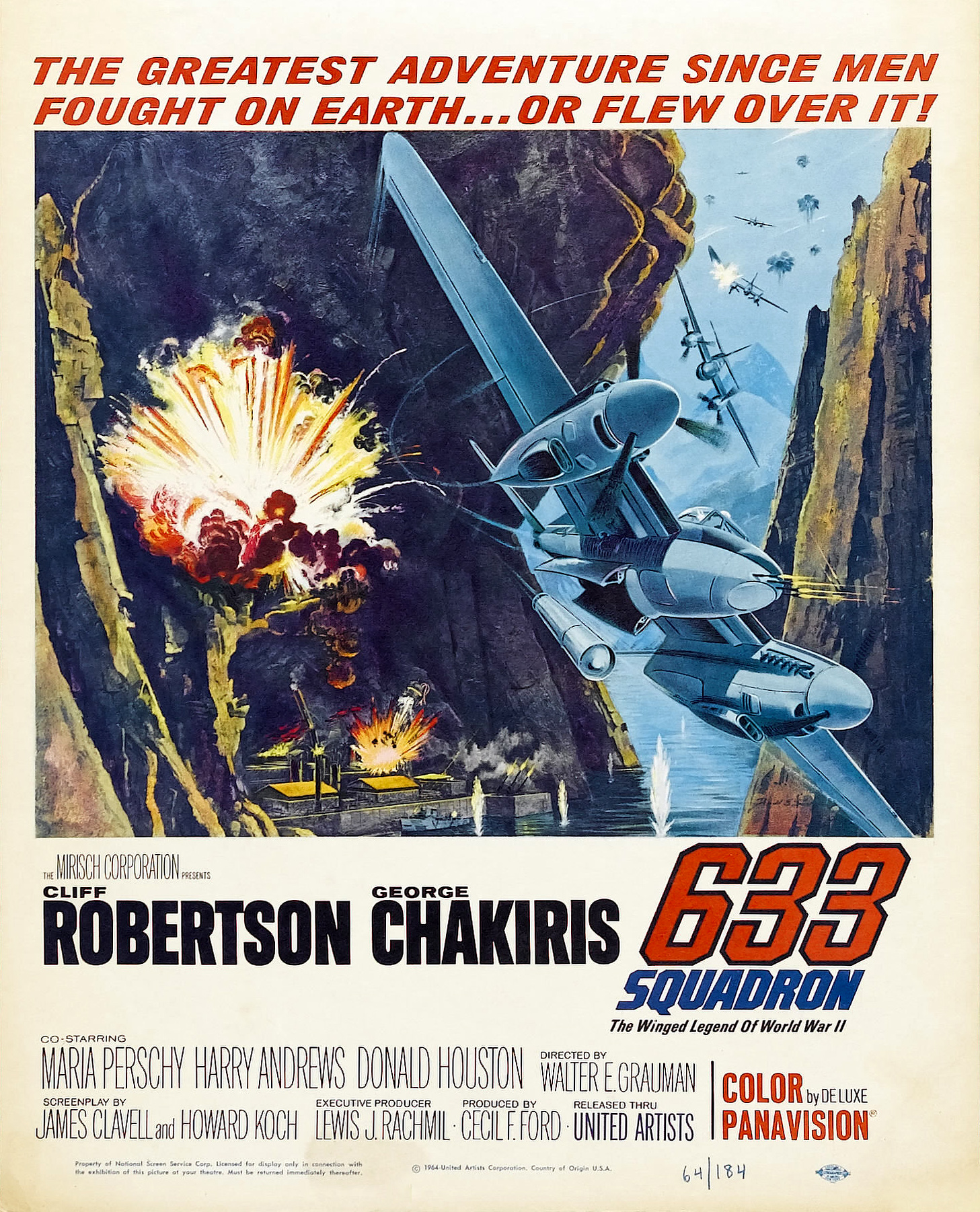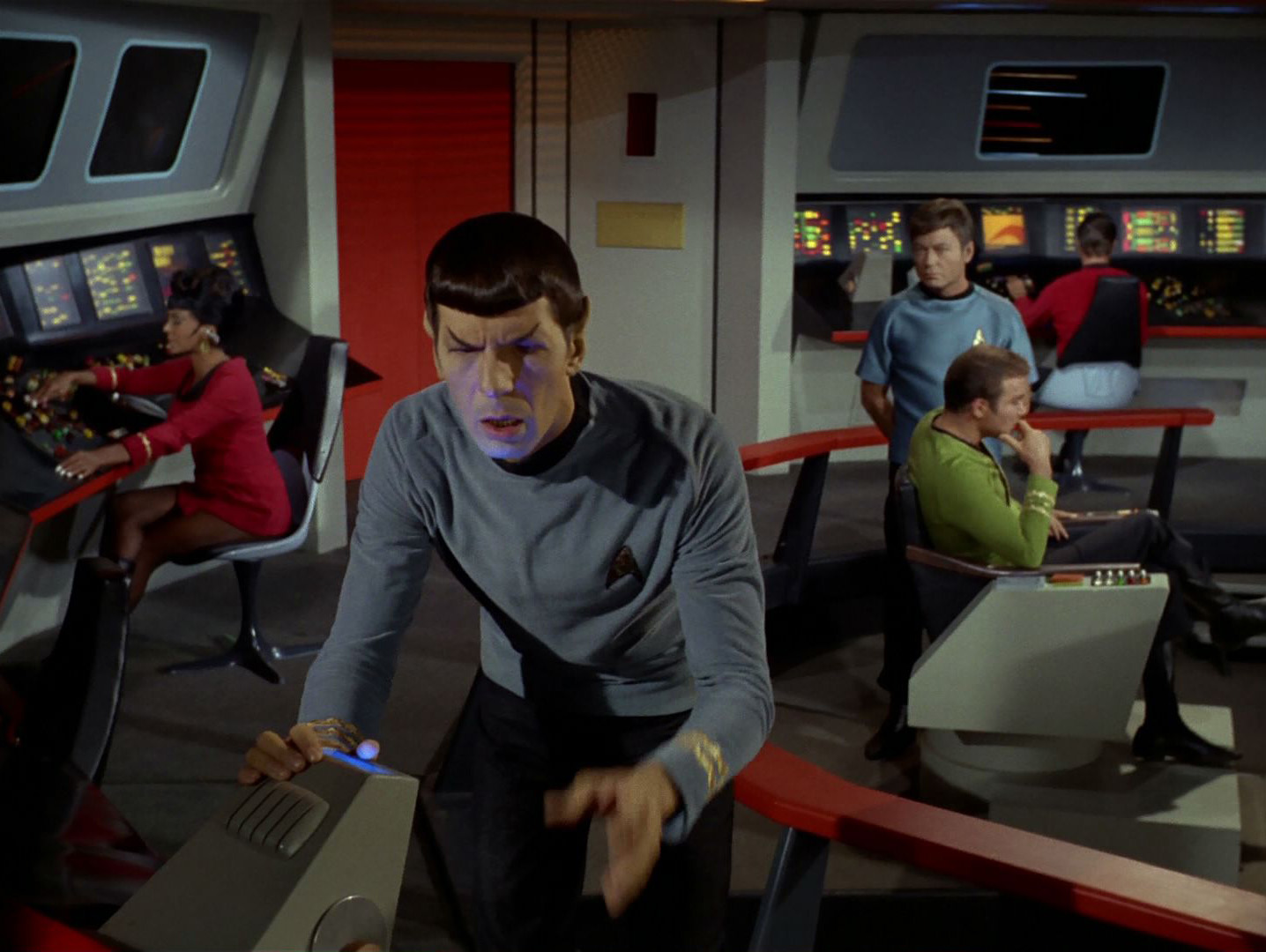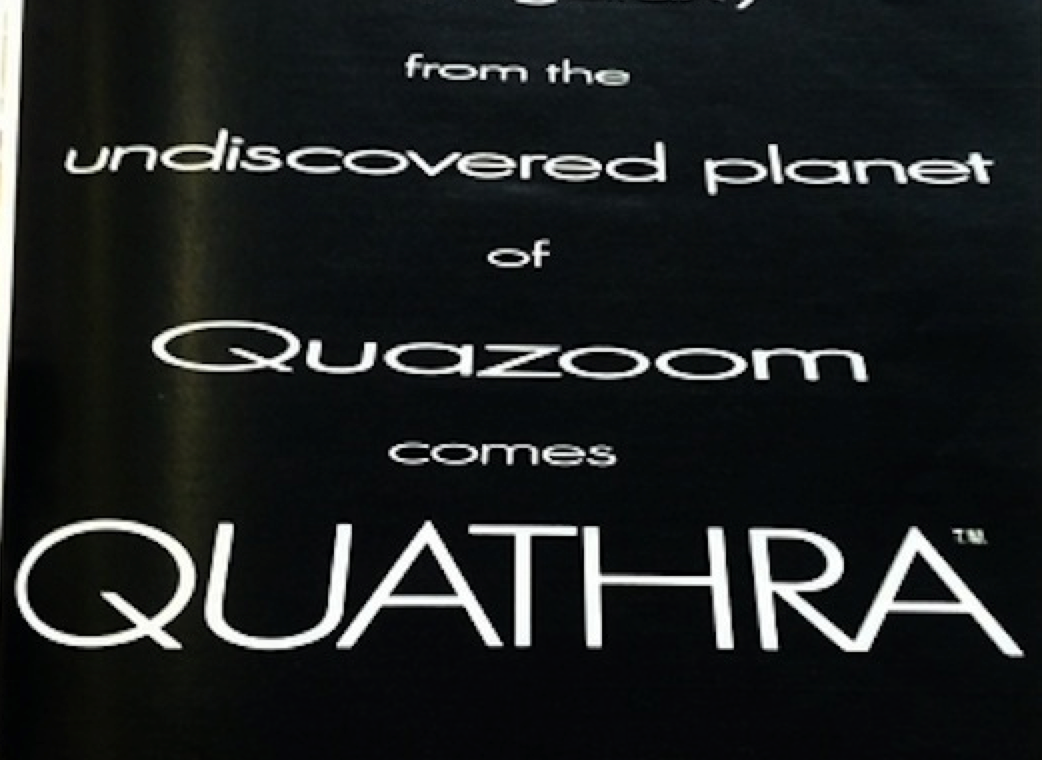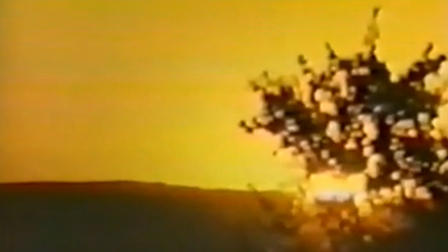In the years following the end of the war, the exploits of the various military factions became a whole new genre in motion pictures; the war movie was born in proper, and The Dam Busters soon became an oft-imitated stand-out (and the biggest box-office success in Britain in 1955), which gave birth to a sub-genre of aerial combat movies concerning themselves with an impossible bomb target, the training of a rag-tag squadron of pilots, a required briefing scene and a harrowing final act in which everything is almost lost, before the bomb finally finds its target and democracy lives to fight another day.
One of the wonderful things about older war movies, and this one in particular, is that the technology of these planes and the awe, in a sense, of the military at the time, had the films more concerned with accurately portraying the preparations and execution of the mission, rather than trying to introduce superfluous villains or indeed showing the enemy as anything but a target to be bombed. Perhaps it grew out of the unsettling reality of now finding former enemies to be next door neighbors? Regardless, it is easy to see the same kind of fascination with military procedures in the handling of the Deathstar battle as The Dam Busters shows, which makes for a much more tense, nerve-wracking experience than similar attempts in the later prequels.
The plot, based on an actual mission flown during WWII, revolves around an attempt at crippling Germany’s heavy industry by destroying two dams, protected by torpedo nets, by skipping bombs across the surface of the lake behind the dam. The first part of the film concerns itself with inventing the bombs, the second with the training and final mission to put the bombs into use, climaxing in a night raid on the two dams in which each of the lancaster bombers, under heavy anti-aircraft fire, take turns at the dams until they finally crack.
The 1964 film 633 Squadron was based on a book by the same name, which in turns was supposedly based on actual WWII missions, and while that may be the case, there’s no denying the many similarities between it and The Dam Busters. Though instead of dams and skipping bombs, the de Havilland Mosquitoes have to destroy a nazi V–2 rocket fuel plant at the end of a narrow Norwegian fjord, by bombing an overhanging cliff. Obviously a selection process, a harrowing training period and a nerve wracking climax follows, in which the bombers make several failed attempts, until finally the weak point is struck just thus, and et voilá. The film is sufficiently different from The Dam Busters that it can’t really be called a remake, but it’s different in the same way that the 1984 Chuck Norris film Missing in Action is different from Rambo: First Blood Part II; there’s little doubt as to where the inspiration came from.
There are many points of comparison, including the initial approach to the target in which all of the films have the planes reporting ready for action, with 633 Squadron’s pilots using color-coded signals in the same way that the pilots in Star Wars do (something also found in Battle of Britain (1969)). Aside from most of the scenes that take place on the Deathstar, and the inclusion of a personal adversary in the form of Darth Vader, most of the details are pretty much present in all three films. Most obviously however, are a several lines spoken by the pilots, the likes of “It’s big, isn’t it?” which in Star Wars became “Look at the size of that thing!” — “I’ll fly across the dam and try and draw the flak off you”, which became “I’ll cut across the axis and try and draw their fire” — “How many guns do you think there are Trevor?”, “I’d say there’s about ten guns, some in the fields and some in the towers,” which became “How many guns do you think Gold Five?”, “Say about twenty guns, some on the surface, some in the towers.” — “I reckon we should be able to see it by now” to “We should be able to see it by now.” — “Bomb gone!” became “It’s away!”. There are many more, but you get the point.
The Dam Busters bomber even has his very own ‘targeting computer’; a wooden contraption which when held up to the eye lines up with the towers at the right distance for the gunner to release the bomb and have it hit the dam wall. And just as the gunner in the first bombing run in Star Wars calmly asserts “Stay on target. Stay on target”, as pilots in in Dam Busters are counting off the distance to the dam and the gunner calmly says “Steady. Steady”.
Other similarities include the regrouping of planes ready for another run, fiery crashes and fly-by shots, and of course on a macro level the operations room listening in on the mission, the first ‘We did it! No, we didn’t!’-botched run and finally after strenuous battle, the final victorious bullseye.
As for Star Wars’s climax, it’s actually hard to say where exactly concept for the trench run originated. Though The Dam Busters has the Lancasters navigating by following the Rhine in shots that are arguably similar to the way in which the X-Wings line up with the Deathstar trench, their bombing runs are across a lake, whereas the runs in 633 Squadron are up a Norwegian fjord, which with its walls isn’t unlike the trench. It’s possible the idea arose specifically from either of these two films, or indeed as a way of revisiting the tunnel chase in THX 1138, which in itself bears many of the hallmarks of the aerial combat movies, complete with in-cockpit and fly-by like shots.
The Dam Busters puts the audience in the cockpit with the pilots by portraying the action strictly from the view of the Lancasters, with the dam and its defenses always seen from above and at a distance. 633 Squadron on the other hand has a side plot which follows a failed attempt by a Norwegian resistance group to disable the anti-aircraft guns protecting the fjord, so as to make way for the bombers. If this sounds vaguely familiar, it’s because this exact setup was used for the ending of Return of the Jedi, in which a rebel force sets out to disable the shield protecting the Deathstar, only for them to initially be overmanned by the empire; and it all just so happens to take place in a forest setting. And as if that wasn’t enough, 633 Squadron also has to contend with Messerschmitt fighters attacking them from above, all while the action occasionally cuts to the nazi soldiers occupying the factory and the anti-aircraft guns doing their damnedest to fire wildly into the air. One particularly humorous shot shows a plump nazi soldier look wide-eyed up as the collapsing cliff buries his friends in a pile of foam rubble.
In spotting the many similarities between these films, its remarkable just how well Lucas managed to merge the procedural, almost documentarian nature of The Dam Busters with the somewhat more layered, convoluted and certainly spectacle-seeking attempt in 633 Squadron. The action in The Dam Busters is tempered by the somewhat detached, professional reactions of the crew members, intercutting only between the bombers and the tension in the situation room back in England. And the entire bombing run plays out in a straightforward manner, much in the way Star Wars does. While the choice to have the bombers attack not one dam, but two, in what amounts to a rerun of the action, slightly undermines the purity of the otherwise singular objective, it nonetheless fares considerably better overall than 633 Squadron. Which once it gets started doesn’t ease its tempo for some 30 minutes, with the theme music blaring repeatedly at top volume, and each run of the aircraft indistinguishable from the last. It’s tiring to say the least. There is a definite attempt at providing a more interesting and sophisticated structure by introducing the resistance angle and enemy fighter planes, but it ultimate doesn’t amount to much. On the one hand because the plan going awry isn’t directly correlated to any consequences, and on the other because everything is played at the same tempo, numbing the audience into indifference. Rejoicing over the final victory not so much because they won, but because it means the film is about to end.
And this is where Star Wars truly shines, in bringing together the simplicity of the gimmick objective with the staged attacks — fighter incursions first, then gold wing bombers, counter-attacked by tie fighters, then the first X-Wing run which is repelled, the loss of red leader and finally the second X-Wing run and Han’s timely return. These stages up the ante over the course of the entire sequence, until the entire mission is only one farm boy away from failure. It’s an emotional hook that arguably wouldn’t fit in well with the play-it-straight, men-on-a-mission type films like The Dam Busters or 633 Squadron without seeming as if the screenwriter was deliberately adding ‘personal drama’. But in the world of Star Wars and in the hands of the Oscar-winning editing team and ILM, it makes for one of the most sophisticated, pulse-pounding action climaxes of all time. Not to mention one of the most influential sequences, which even Lucas himself would go on to use not only in Return of the Jedi — in what can only be interpreted as an attempt to ‘cover’ and ‘remaster’ his own work — but also in The Phantom Menace, where it is played — remarkably — without any of the procedural and documentarian sensibilities of Star Wars, ultimately failing to raise the same emotional response as the sequence with which it was attempting to rhyme.










